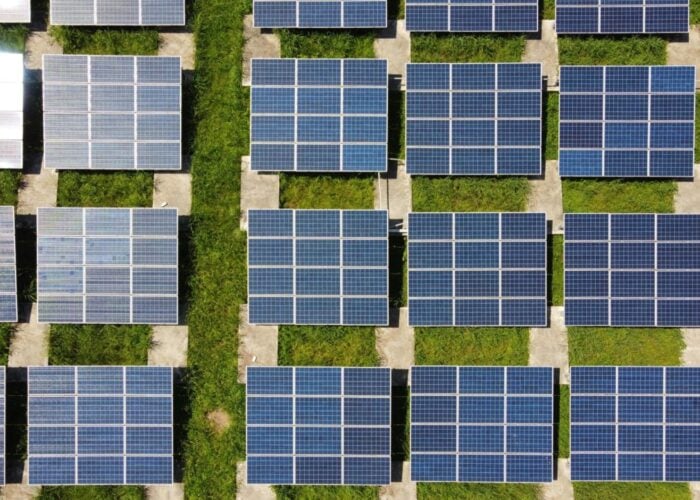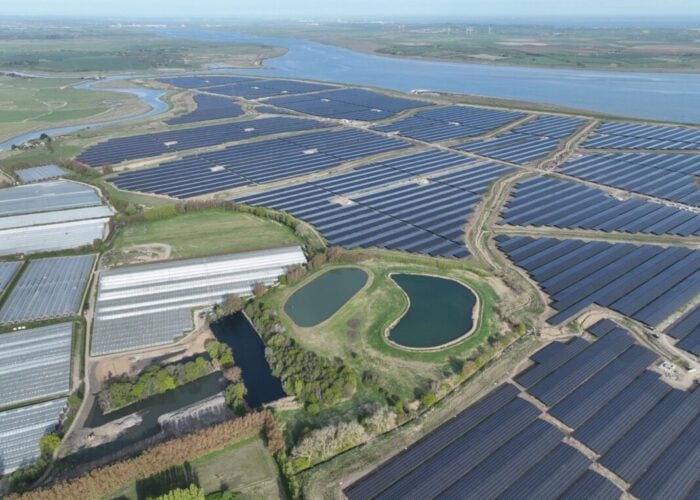Product Briefing Outline: Wacker is introducing ‘Tectosil,’ a silicone-based elastic polymer sheet, which is thermo-formable and therefore a fast and easy encapsulant process. Tectosil provides sensitive solar cells with effective and long-lasting protection against mechanical and chemical stresses. It is non-corrosive and can be used with any type of module.
Problem: There is a growing need for new encapsulant materials as the PV industry continues to expand and traditional materials are limited supply. However, new materials must perform in the same way and offer the durability required for PV module expected lifespan.
Unlock unlimited access for 12 whole months of distinctive global analysis
Photovoltaics International is now included.
- Regular insight and analysis of the industry’s biggest developments
- In-depth interviews with the industry’s leading figures
- Unlimited digital access to the PV Tech Power journal catalogue
- Unlimited digital access to the Photovoltaics International journal catalogue
- Access to more than 1,000 technical papers
- Discounts on Solar Media’s portfolio of events, in-person and virtual
Solution: Tectosil is a flexible, highly transparent and electrically insulating sheet comprising a silicone-organo copolymer. Because of its thermoplastic properties, this silicone-based polymer can be processed quickly and inexpensively – without curing or chemical reactions. The lamination process thus benefits from short production cycles and a high tolerance to local temperature differences within the laminator. Solar cells encapsulated in Tectosil are afforded optimum protection against mechanical and chemical stresses. The material bonds the components of a PV module into a stable laminate. Since it is highly elastic and extremely flexible across a very large temperature range it can compensate for the different thermal expansions of the laminate materials. In this way, it ensures that the solar cells are encapsulated without stress.
Applications: The material can be used to make any type of module and is suitable for either vacuum laminators or continuous processes.
Platform: This novel polymer also has the advantage of being chemically stable, which means there is no risk of clouding, yellowing or the like. The sheet does not contain catalysts or corrosive substances. On contact with moisture, it does not produce any substances that might initiate corrosion or damage surfaces. That allows the sheet to be used for encapsulating solar cells containing films of compound semiconductors (e.g.CIGS), or other highly sensitive chemical substances – such as transparent conductive oxides. The material absorbs hardly any water at all, poses an effective moisture barrier and stays permanently electrically insulating.
Availability: September 2009 onwards.







